A highly successful sales culture doesn’t rely on textbook principles and academic methods to shape the future of their organization. Rather it relies on creating an environment that can adapt to the realities of unpredictability and chaotic change.
So when it comes to issues like setting strategic direction, they are more likely to shy away from traditional business planning methods and adopt a different approach — the ability to successfully react to unexpected events that shock them.
Traditional business planning methods offer structure in the analysis of strengths, weaknesses, opportunities, and threats — the SWOT process.
They provide demand and forecasting models to assess the propensity to buy. And they provide many decision-making tools to assess the merits of various alternatives.
And although business planning is a mature discipline, it has two significant drawbacks in my view.
It’s complicated, expensive and time-consuming
It requires an inappropriately high level of investment in relation to the benefits realized. It raises the false expectation that the strategy will actually work as planned which is not the case in a world of rapid change and unpleasant surprises.
Reaction sales cultures buy into the notion that if in the face of unpredictable change, the essence of the strategy can’t be counted on to succeed, the planning process should be simplified so that it is not overly onerous and complicated — it should be simple, expedient and cost-effective.
Reaction is missing
Traditional planning says virtually nothing about the principle of response and most leadership teams spent ZERO time dealing with tactics to deal with the unexpected.
I have sat through executive planning workshops where 3 days have been spent trying to perfect the plan, leaving zero time to discuss execution and contingencies.
It’s almost like people don’t like to admit that “Plan A” has a possibility of not succeeding; a ridiculous notion to say the least.
Sustaining cultures are brilliant at reacting to surprise events they did not anticipate; those that are unable to adapt struggle and die.
How many strategies have you seen unfold the way you originally planned? I have seen none; it is the impossible dream!
The principle of reacting is the essence of what I call planning on the run set the (imperfect) plan — start executing — learn what is working and not working (because of the unexpected) — RESPOND and adjust the plan accordingly — then continue executing. And on it goes…
Reaction sales cultures take the following steps to take their performance to astronomical heights and to separate themselves from their competition.
They ignore precision
Keep the strategy building process simple. Cut the time to develop the strategy in half to make room for more attention to implementation.
Get your general direction right. Be ok with “heading west”.
My rule of thumb: spend 20% if the time available on the plan and 80% on implementation — who does what by when to make the plan come to life.
My success as an executive leader has been to minimize the traditional planning approach. I built an alternative approach — the strategic game plan — that I road-tested in the real world for many years.
The essence of it is: dumb down the strategy building process, get the plan “just about right” and focus on execution in a world where the unexpected rules.
They focus on the few
My experience has shown that the fewer the number of things focused on the better the results. We are simply disastrous at trying to do too many things simultaneously.
Reaction cultures are great at getting to the real GUT issues they are facing; they don’t try and boil the ocean.
They declare three critical issues that must be addressed to survive and they focus on them to the exclusion of other things that could be done.
They understand that trying to accomplish 10 or 20 objectives well is impossible and that all energy must be concentrated on the critical few priorities.
They plan to execute
To react, you must be focussed on HOW the strategy is to be achieved — execution is real-time, which is where you have to be in order to respond to unforeseen events.
Reaction leaders drill down on how their strategic game plan is to be implemented. The implementation plan is developed in minute detail; action plan accountabilities and specific timeframes to deliver results are delighted to members of the planning team.
Reaction cultures shift the emphasis from planning direction to planning execution activity with excruciating precision.
They pour their hearts into Execute!
Bear down on getting results however you can. It doesn’t have to be elegant as long as you’re getting stuff done.
Reaction cultures concentrate on making sure everyone in the organization clearly understands what they have to do to support the execution plan; people doing their own thing is a nonstarter.
And they measure the hell out of the execution plan. Generally, results are tracked monthly to ensure they have the capability to react in real-time if results fall below what was expected.
They learn on the run
To successfully react to unforeseen external forces requires that organizations learn what works and what doesn’t.
Amazing sales cultures are hyper-fastidious over the results monitoring process that examines results vs expectations. They rely on actual performance to decide what action should be reinforced (because it’s working) and what should be stopped (because it’s not working).
Learning from doing is a critical attribute of cultures that can weave their way through storm force winds.
The learning-on-the-run process in a nutshell:
- define the top 3 – 5 critical performance indicators to measure.
- track results
- focus on performance that is underachieving
- learn what caused the shortfall in results
- develop an action plan to close the gap
- tweak the plan and move forward
- keep the feet moving!
Incomparable sales cultures have a reasonable plan based on traditional methodology, but their success is they react to unexpected change better than anyone else.



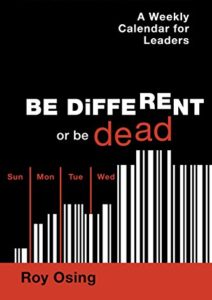
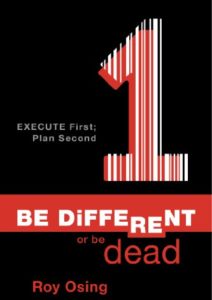
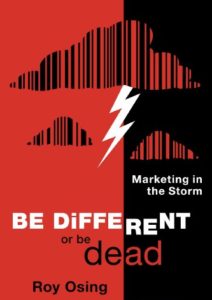
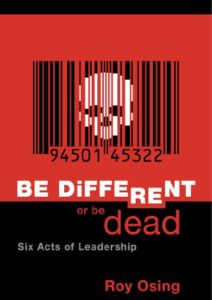
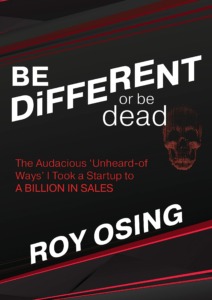
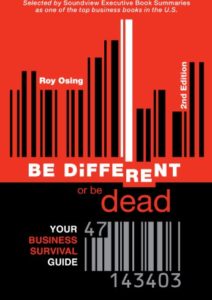
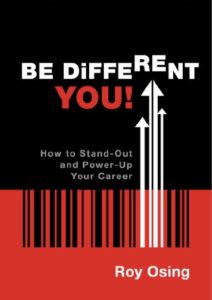


Comments (6)
Great insight on this article. Sales people and organisations need to be more customer centered than never before.
What a great presentation!
what a successful sales culture
A client sent this to me and said ” is this what you mean by sales culture?” I would say this is a good article on culture BUT sales culture is more defined that this. A sales culture in in its most perfect form is one where everyone in the organization sees their line of sigh to revenue – in other words “everyone’s in sales”. That does not mean that they have to go on sales calls – its DOES means that culturally the organization must change the negative stereotypes of sales so that everyone sees sales as something they they are a part of – not sales as a silo. Sales is a mindset and behavior, not tactics and stereotypes. Its mush more than customer centric behavior ( so 90’s) – it means that people want to know HOW what they do helps a customer say “yes”.
Wonderful
Great insight on this article. Sales people and organisations need to be more customer centered than never before.